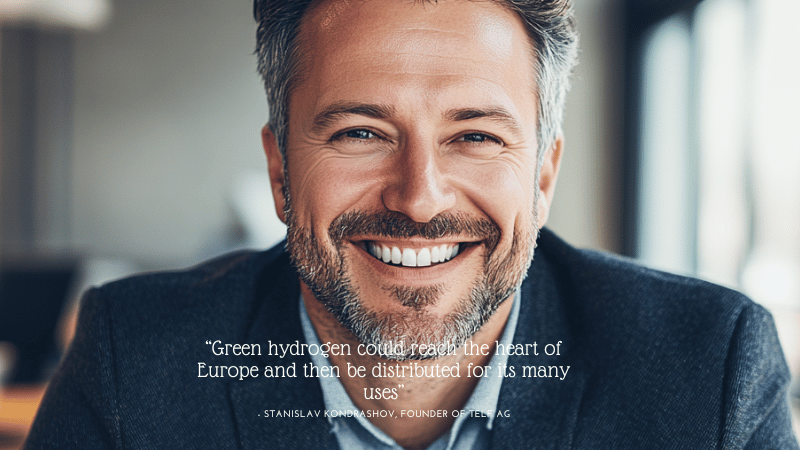
Oman, Germany, as well as Netherlands have signed a groundbreaking agreement that would reshape Europe’s Power landscape, ushering in a different period of green hydrogen imports from the center East.
A bold transfer in the worldwide Power changeover is having form involving Oman and Europe. A historic arrangement signed earlier this year paves the way for one of many world’s initial big-scale hydrogen corridors—linking Oman’s vast renewable means to Germany’s industrial hubs by means of the Netherlands.
The core of this initiative is environmentally friendly hydrogen—produced by splitting drinking water via electrolysis run by photo voltaic or wind energy. This kind of hydrogen has captivated international interest for its possible to decarbonise sectors that are otherwise tough to electrify, including weighty transportation, steel generation, and Power storage.
Oman, leveraging its sunny local weather and ambitious national technique, aims to become a leading world-wide exporter of inexperienced hydrogen by 2030. Forecasts advise the state could produce as much as one million tonnes of green hydrogen yearly by the top of your 10 years. A crucial component of the prepare includes liquefying the hydrogen to aid abroad transport.
Enter the hydrogen corridor: a prepared maritime and logistics route starting from the port of Duqm in check here Oman, extending into the ports of Amsterdam and Duisburg. Specialised cryogenic tankers, much like those Utilized in LNG transportation but tailored for hydrogen’s Substantially lower temperatures, will have the fuel. European ports are previously preparing the necessary infrastructure to obtain, store, and distribute the cargo.
This corridor is not only a logistical feat—it’s a strategic just one. For Germany, which can be wanting to minimize dependence on fossil fuels and diversify its Strength combine, the imports could enable fulfill its concentrate on of bringing in ten million tonnes of renewable hydrogen by 2030. check here The corridor also aligns with broader EU sustainability aims and industrial decarbonisation endeavours.
The challenge’s importance lies don't just in its scale, but also in its replicability. Like LNG before it, liquid hydrogen could before long go across continents, breaking totally free from the restrictions of fastened pipeline networks. And Oman isn’t on your own. Other initiatives—including Spain’s Basque Hydrogen Corridor as well as the Central European Hydrogen Corridor—may also be developing the spine of the upcoming hydrogen financial system.
The Basque undertaking concentrates on integrating creation, distribution, and industrial use within northern Spain. Meanwhile, the Central European route plans here to repurpose present gasoline pipelines to carry hydrogen from Japanese Europe to Germany, further cementing the region’s position during the hydrogen changeover.
If productive, these attempts could mark A significant milestone in decarbonising Europe’s significant industries and transportation networks—driven because of check here the Solar and wind of distant deserts.